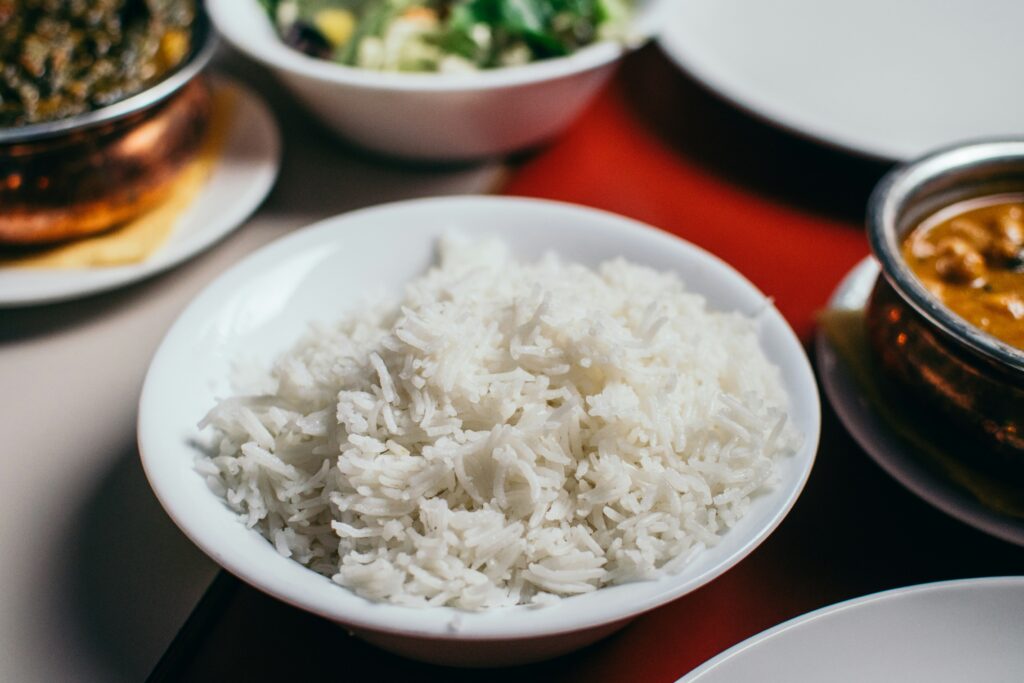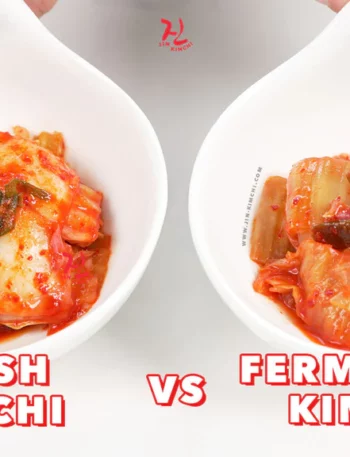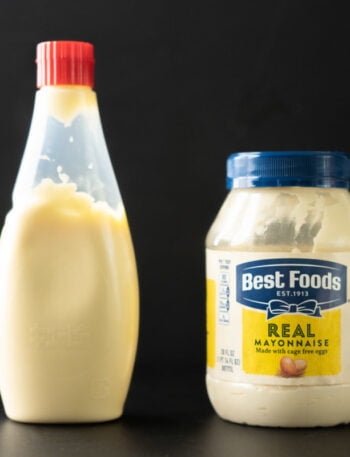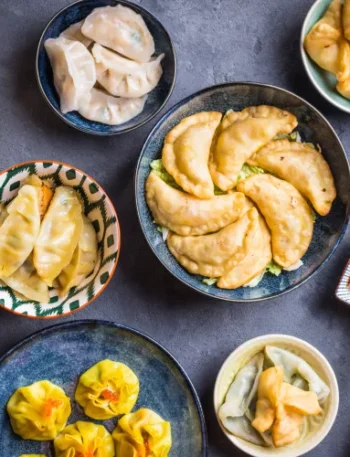Rice is a versatile and beloved staple food enjoyed in cuisines around the world. From hearty biryanis to comforting fried rice, this grain is a kitchen essential.
But did you know that improperly reheating rice can pose serious health risks? The culprit is a bacterium called Bacillus cereus, which thrives under certain conditions and produces toxins that can lead to food poisoning.

Image by Unsplash
Why Rice Can Be Risky?
Rice, especially cooked rice, is particularly susceptible to contamination due to a bacterium called Bacillus cereus. This microorganism is naturally present in many foods, including rice, and forms heat-resistant spores that can survive cooking.
When cooked rice is left at room temperature for too long, these spores germinate and multiply, producing toxins that are not destroyed by reheating.
Contrary to popular belief, simply reheating rice does not make it safe to eat if it has been stored improperly.
The Science Behind Rice Contamination
Understanding how rice becomes contaminated involves exploring the lifecycle of Bacillus cereus. This bacterium produces spores that can remain dormant in uncooked rice.
When the rice is cooked, these spores may survive and remain harmless as long as the rice is handled correctly. However, problems arise when cooked rice is left in the “danger zone”—temperatures between 40°F (4°C) and 140°F (60°C)—where bacteria multiply rapidly.
A single bacterium can double in number every 20 minutes in ideal conditions. Within a few hours, this can lead to millions of bacteria, along with their harmful toxins.
Refrigeration slows down bacterial growth but doesn’t eliminate it, making proper storage and reheating essential.
Common Mistakes in Handling Cooked Rice
Many people unknowingly put themselves at risk by making common mistakes when handling cooked rice:
- Leaving rice at room temperature: Cooked rice should be cooled and refrigerated within 1-2 hours. Leaving it out longer allows bacteria to thrive.
- Improper storage: Rice stored in open containers or at inconsistent temperatures in the refrigerator is more likely to spoil.
- Reheating multiple times: Each reheating cycle gives bacteria more opportunities to grow and produce toxins.
Health Risks Associated with Improperly Reheated Rice
Consuming improperly reheated rice can lead to food poisoning caused by Bacillus cereus. Symptoms typically include nausea, vomiting, and diarrhea, which can appear within a few hours of consumption. While most cases are mild and resolve quickly, severe symptoms may occur in vulnerable groups, such as:
- Young children
- Pregnant women
- Elderly individuals
- People with weakened immune systems
In some cases, consuming contaminated rice has led to outbreaks and hospitalizations. For example, a study detailed a restaurant outbreak where improperly handled rice caused dozens of cases of foodborne illness.
How to Safely Reheat Rice
To avoid the risks associated with reheating rice, follow these best practices:
1. Cool Rice Quickly
After cooking, transfer rice to shallow containers to cool it down rapidly. Refrigerate within 1-2 hours.
2. Store Properly
Use airtight containers to store rice in the refrigerator. Consume it within 1-3 days for optimal safety.
3. Reheat Thoroughly
- Microwave: Add a splash of water to the rice, cover it, and heat evenly. Ensure the internal temperature reaches at least 165°F (74°C).
- Stove: Add a small amount of water, cover the pan, and heat the rice until steaming hot.
4. Reheat Only Once
Avoid reheating rice multiple times, as each cycle increases the risk of bacterial growth.
Scientific Studies on Rice Safety
Research underscores the importance of handling rice correctly. A study found that out of 100 rice samples, 25% cooked/refrigerated samples were positive for the presence of B.cereus spores. Additionally, guidelines from the FDA and WHO emphasize cooling rice quickly and reheating it thoroughly to prevent foodborne illnesses.
Practical Tips to Avoid Risks
Here are some easy ways to minimize risks:
- Recognize Spoiled Rice: Discard rice with an off smell, slimy texture, or discoloration.
- Portion Wisely: Cook only the amount of rice you need to reduce leftovers.
- Prioritize Freshness: Use freshly cooked rice in dishes like stir-fries or salads to avoid reheating altogether.
Pro Tip: If you frequently have leftover rice, consider freezing it in single-serving portions. Frozen rice can be reheated directly and safely.
Reheating rice improperly can have serious health consequences, but these risks are entirely avoidable with proper handling. By cooling rice quickly, storing it correctly, and reheating it thoroughly, you can enjoy your favorite rice dishes safely.
Remember, food safety starts with informed choices. So next time you cook rice, take a moment to follow these simple steps and protect your health—because no meal is worth the risk of food poisoning.









